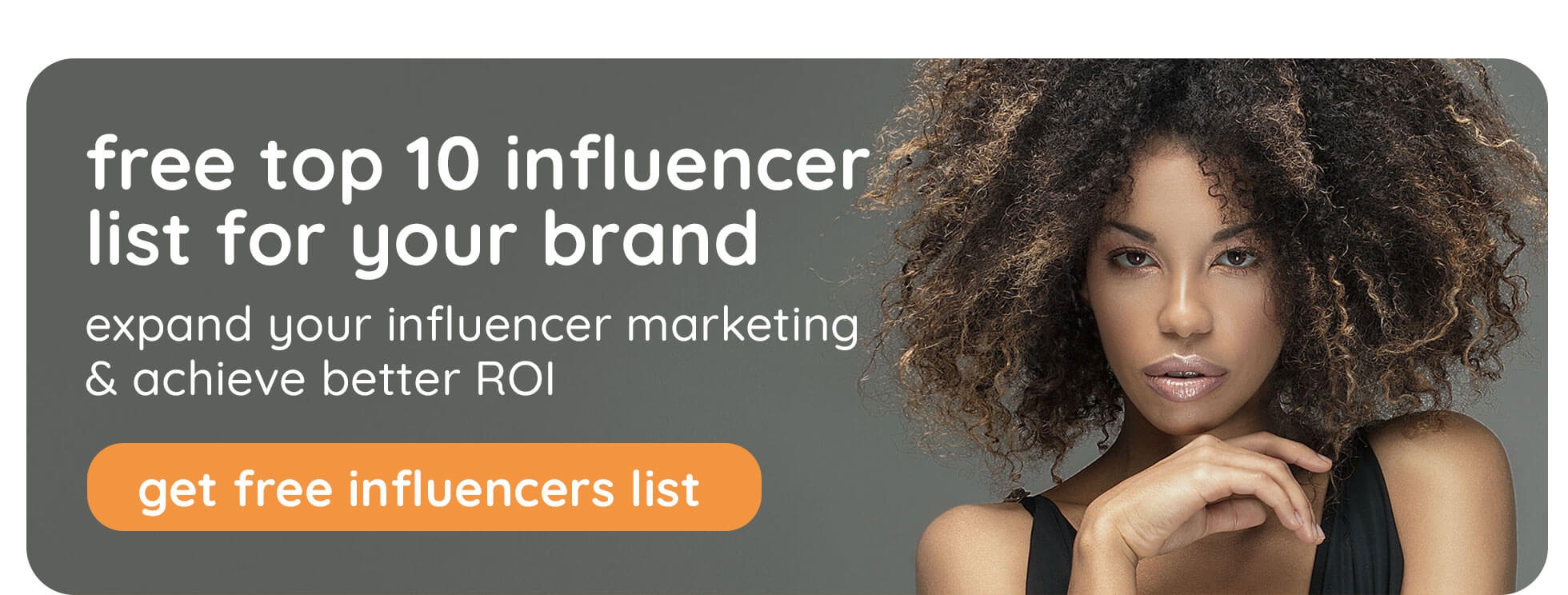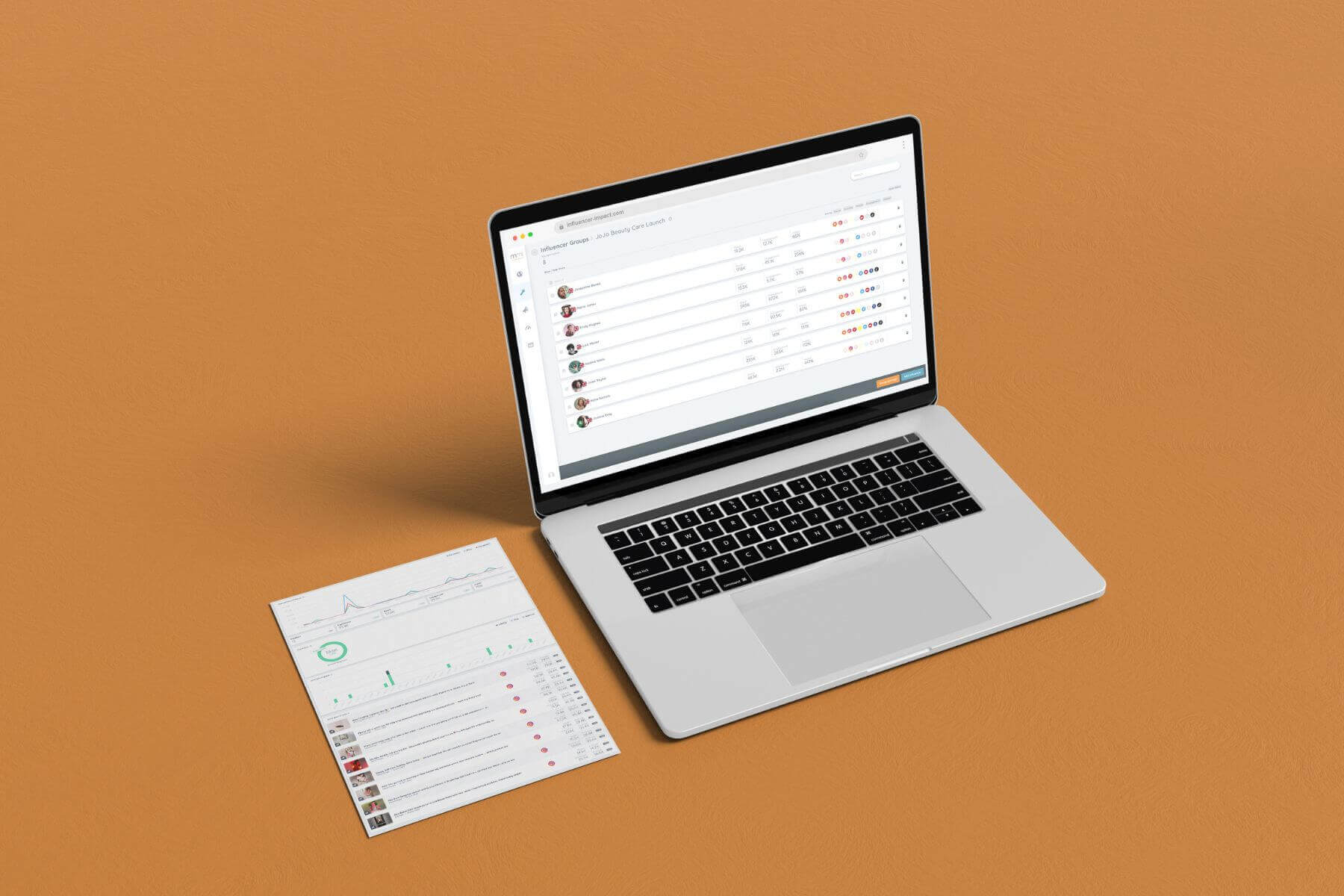We know that investing in beauty influencers has a strong impact on sales. One report found that hiring top talent drives a return on investment (ROI) of £8.81 for every £1 spent. But, what’s less clear is how they offer such purchase-driving power. What is it about these stars that makes consumers rush to part with their cash for a new cleanser?
To understand how influencer marketing has changed and is changing the way consumers shop for products, you need only look at makeup artist Katie Jane Hughes or skincare guru Caroline Hirons. When they arrived on platforms like Instagram and YouTube, they blew a breath of fresh air into beauty advertising, where retouched facial features and ‘smoke and mirrors’ videos had long become the norm.
Katie and Caroline are amongst a crowd of influencers whose airbrush-free, no-filter videos have switched the narrative in the beauty world, leaving shoppers craving content they feel they can trust. In a survey of 520 beauty enthusiasts by Harvard Business School MBA graduate Alessia Vettese, company advertisements were found to be the least trustworthy, while influencer marketing was ranked as most likely to sway purchasing decisions. Seemingly tired of being bombarded with images of flawless, poreless models, shoppers want to see real people with real skin, offering their real opinions on products.
But it’s not just more authentic beauty ideals that makes influencers so popular – nor is it merely the fact that they feel more relatable than A-list ambassadors or nameless models. Influencers are combining that credibility with compelling content that brings products to life through the screen. They show the impact of a serum or foundation through ‘before and after’ stills, make-up free Reels, and livestream demos.
It’s no wonder, then, that 80% of beauty brands are investing in influencer marketing campaigns. By teaming up with the right talent, they can elevate their own trustworthiness and, in turn, their sales. Of course, finding the perfect partnership isn’t as simple as picking the star with the biggest following. Micro-influencers often have more engaged followings that lead to cost-efficient campaigns and high conversion rates.
Finding the right influencer becomes easier with a tool, such as influencerCONNECT, which enables you to cherry pick talent based on their interests, audience demographic and performance metrics. For example, if you’re launching an organic skincare line, you may be looking for eco-conscious Instagrammers. And if you’re moving into a new market, you will want to check the location of a star’s following. Our tool allows you to filter and refine your talent shortlist, so you can generate more value from your influencer campaigns.
So, How Do You Measure ‘Influenced’ Sales?
For 46% of beauty marketers, measuring ROI is the biggest challenge when it comes to influencer campaigns. This is, in large part, because of certain platforms’ limitations. Instagram is deemed the most popular network for beauty consumers, yet influencers still can’t link to product pages within their grid posts.
However, there are other ways you can attach sales figures to your influencer campaigns. Here are three key tactics that validate your investment…
1. Use Trackable Links
Linkable grid posts may be off-limits for now, but your partner influencers can still link through to products on Instagram Stories, YouTube captions, blog posts and Facebook content. Provide them with unique, trackable links to etailers, so you can see how many clicks and sales they generated.
2. Create Offer Codes
Another trick is to agree a unique offer code with a third-party etailer, which your chosen influencer can then promote in their posts – including their Instagram grid. By looking at the number of customers who used the code, you can see just how many sales were driven by the campaign content.
3. Calculate Earned Media Value (EMV)
EMV helps to put your influencer coverage into clearer context by allowing you to understand what the equivalent mention might have cost if you’d paid for it as display advertising. For example, it might look at the reach you achieved with an organic influencer post, then compare it to the reach gained from past paid activity to decipher a value. This doesn’t tell you how many sales were generated by your campaign, but it does help you link ROI to your influencer efforts.
Up next: Read up on how much you should invest in influencer marketing for a strong ROI.




